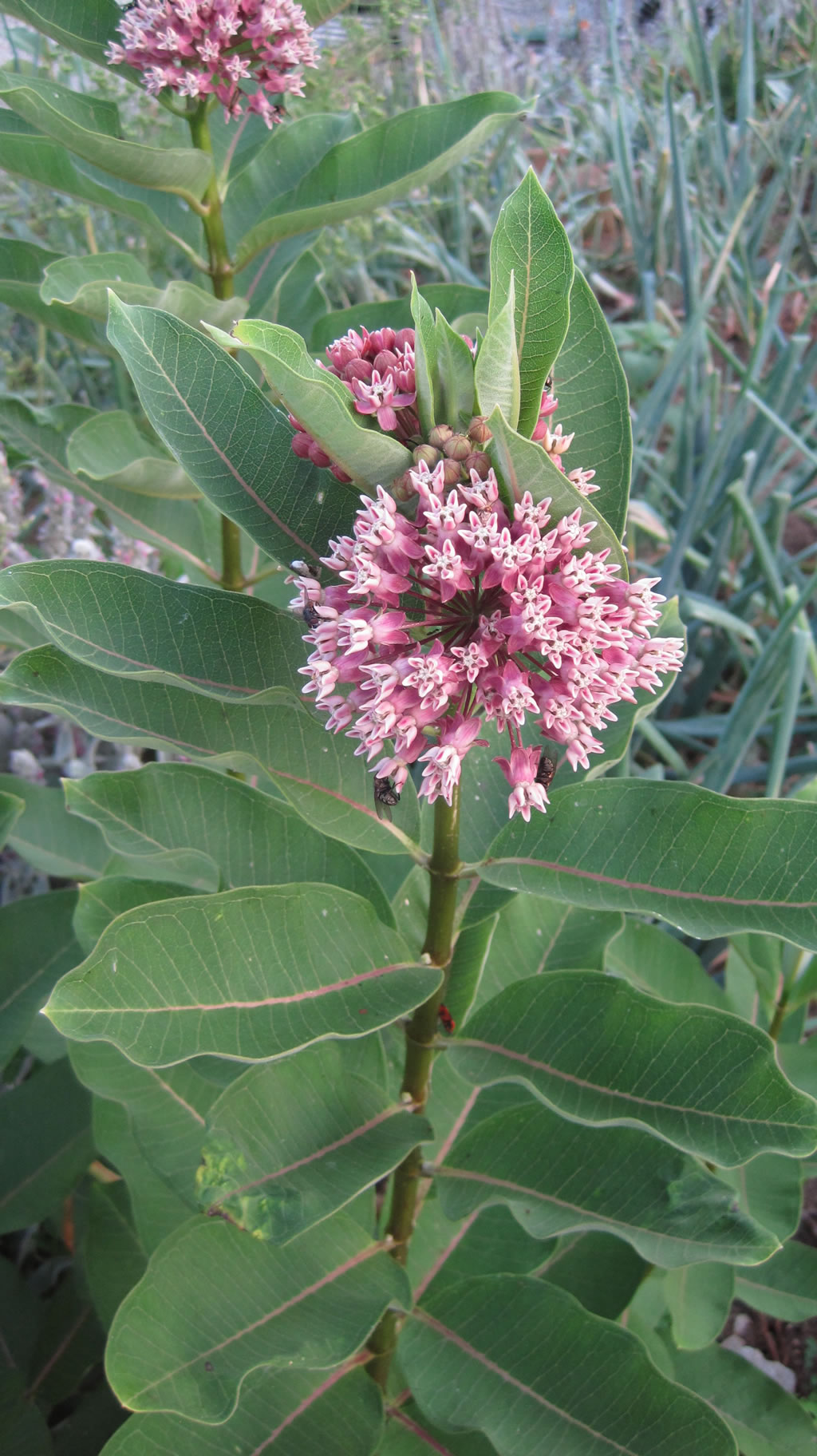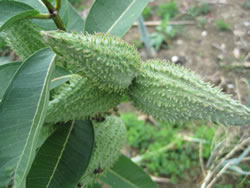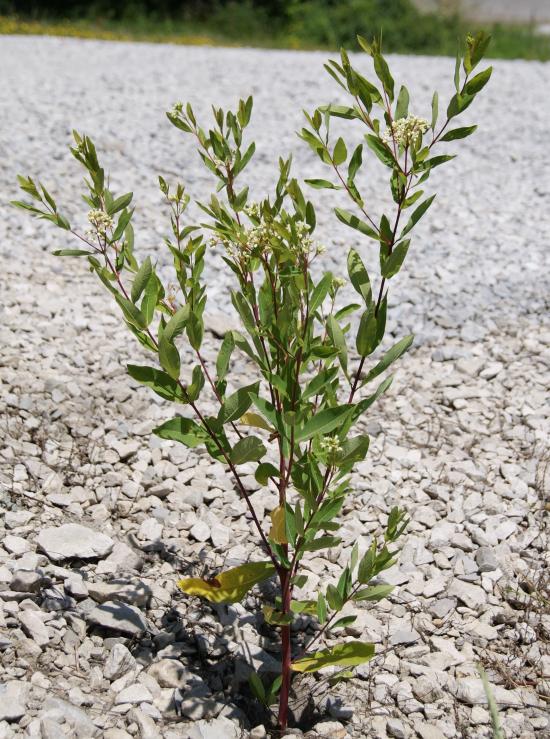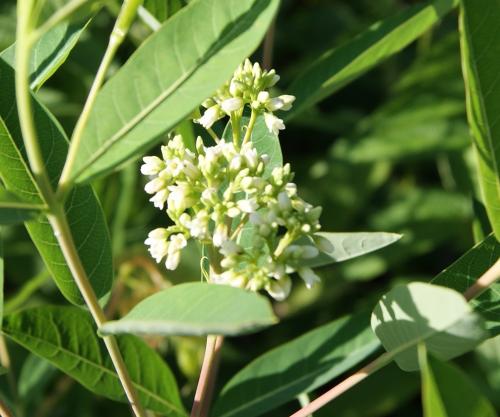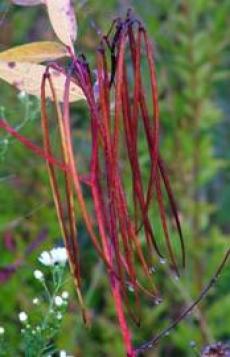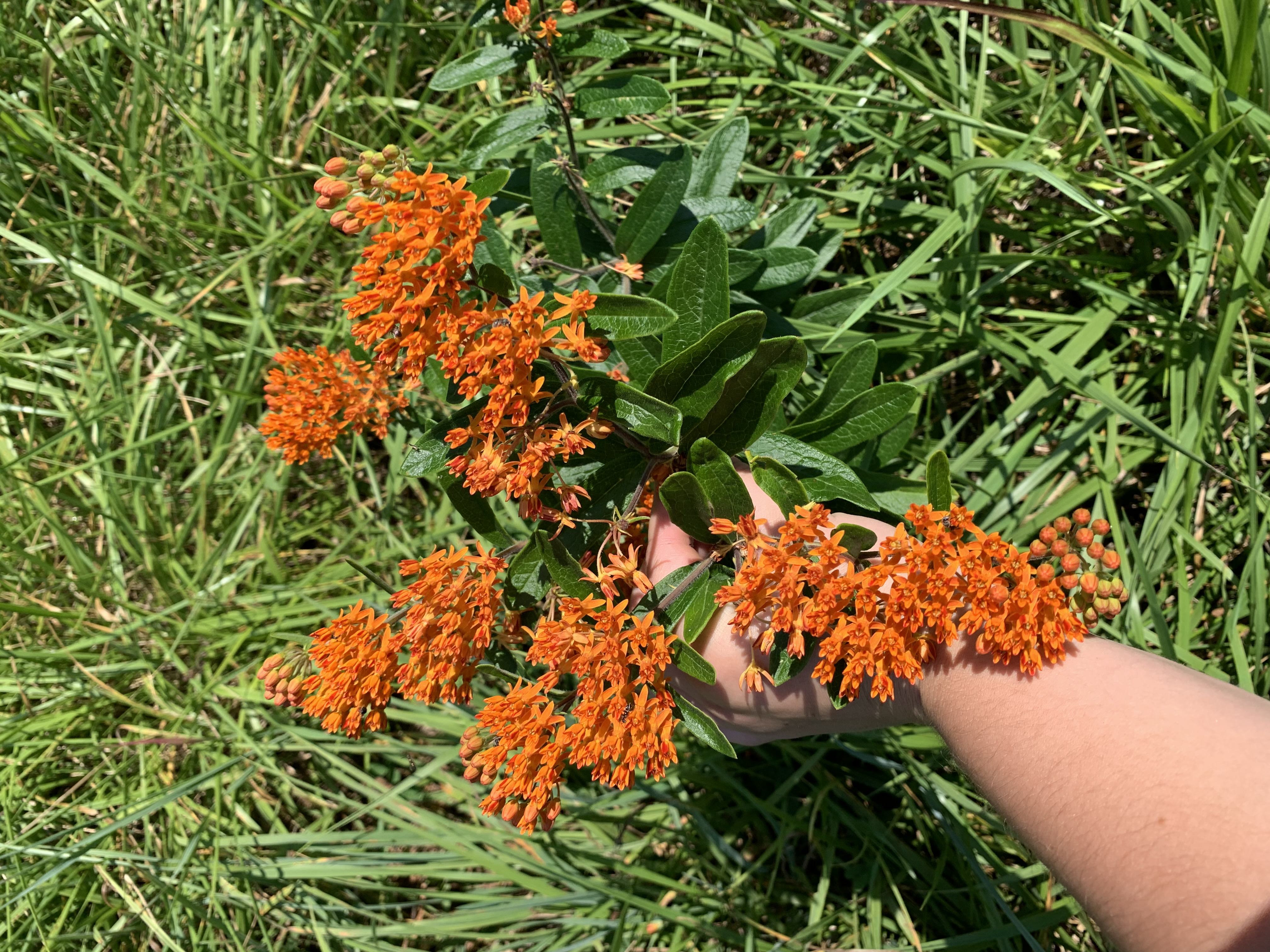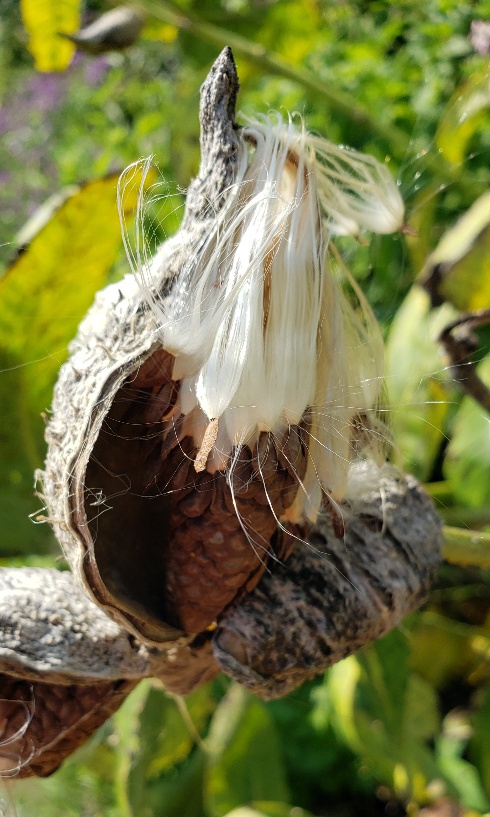Milkweed, Hemp Dogbane, and Butterfly Weed
go.ncsu.edu/readext?814665
en Español / em Português
El inglés es el idioma de control de esta página. En la medida en que haya algún conflicto entre la traducción al inglés y la traducción, el inglés prevalece.
Al hacer clic en el enlace de traducción se activa un servicio de traducción gratuito para convertir la página al español. Al igual que con cualquier traducción por Internet, la conversión no es sensible al contexto y puede que no traduzca el texto en su significado original. NC State Extension no garantiza la exactitud del texto traducido. Por favor, tenga en cuenta que algunas aplicaciones y/o servicios pueden no funcionar como se espera cuando se traducen.
Português
Inglês é o idioma de controle desta página. Na medida que haja algum conflito entre o texto original em Inglês e a tradução, o Inglês prevalece.
Ao clicar no link de tradução, um serviço gratuito de tradução será ativado para converter a página para o Português. Como em qualquer tradução pela internet, a conversão não é sensivel ao contexto e pode não ocorrer a tradução para o significado orginal. O serviço de Extensão da Carolina do Norte (NC State Extension) não garante a exatidão do texto traduzido. Por favor, observe que algumas funções ou serviços podem não funcionar como esperado após a tradução.
English
English is the controlling language of this page. To the extent there is any conflict between the English text and the translation, English controls.
Clicking on the translation link activates a free translation service to convert the page to Spanish. As with any Internet translation, the conversion is not context-sensitive and may not translate the text to its original meaning. NC State Extension does not guarantee the accuracy of the translated text. Please note that some applications and/or services may not function as expected when translated.
Collapse ▲As I’ve driven around lately, I’ve noticed more milkweed than usual. Milkweed, and related species such as hemp dogbane and butterfly weed. While these plants are most commonly known for their ability to attract butterflies and other pollinators, they are a nuisance in a pasture or hayfield. Milkweed and Hemp Dogbane is recognized by the milky substance that comes out of the stem and leaves when crushed.
Before beginning the process of working to control these weeds, it’s important to understand the growth pattern of these species. While they do spread by way of seeds, milkweed and hemp dogbane can also spread through rhizomes, basically meaning it will create new plants from the original root system. These plants are also perennials. All of these factors combined make control a multi-year process.
It’s important to note that there are several different types of milkweed, but Common Milkweed is most prominent in our area.
Hemp dogbane is notoriously difficult to control and is said to be poisonous to livestock. It has a red-colored stem, in contrast to Common Milkweed’s brown one. It also has several stems and bean-shaped seed pods.
Butterfly weed has very showy orange flowers and is sometimes used in landscapes.
Dr. Neil Rhodes, Extension Specialist at the University of Tennessee-Knoxville, recommends mixing two quarts of Remedy Ultra and two quarts of non-ionic surfactant in a 100-gallon tank filled with water, and spot-spraying these species until thoroughly wet. Herbicide application is most effective on these species when they are blooming.
For more information, contact the N.C. Cooperative Extension of Stokes County at 336-593-8179.





